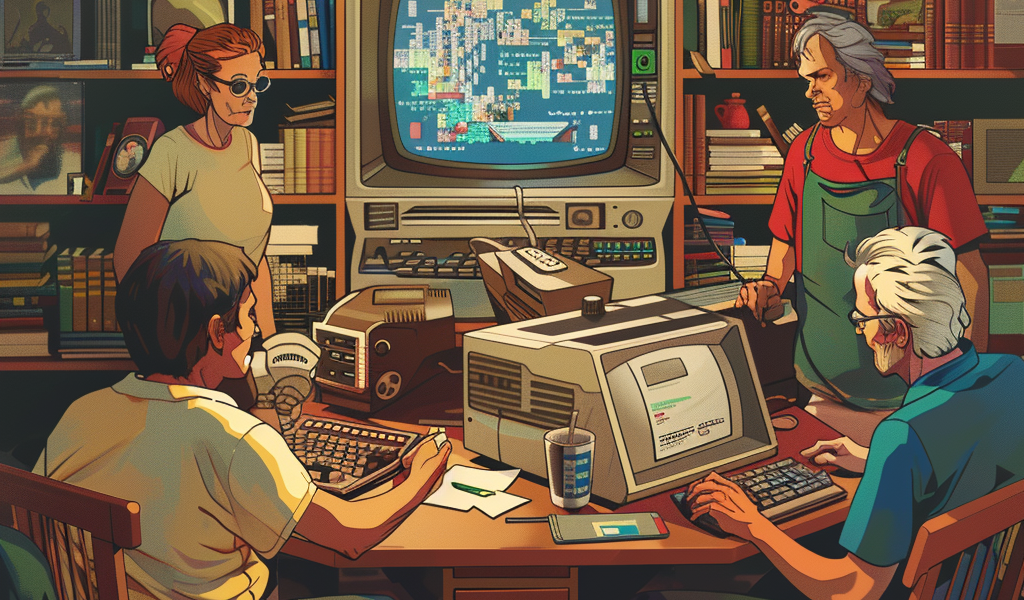Interactive fiction, also known as IF, has a rich history that dates back to the 1970s when the first widely played game in the genre, Colossal Cave Adventure, emerged. This text-based game, created by Will Crowther in 1976, allowed players to navigate through virtual caverns using simple two-word commands. The roots of interactive fiction run deep, with early enthusiasts recalling the excitement of interacting with computers during a time when it was a rare opportunity.
From those humble beginnings, interactive fiction has evolved into a diverse and vibrant community that includes readers, players, developers, and creators. The genre has seen a spectrum of works, from the bare-bones text adventures of the 1980s to the more complex and emotive hypertext creations of modern platforms like Twine. Despite the rise of high-budget video games and other forms of entertainment, interactive fiction continues to captivate audiences with its unique blend of storytelling and interactivity.
One of the key aspects that have contributed to the enduring appeal of interactive fiction is its open source ethos and the sense of individuality that permeates the community. Authors and creators within the IF world champion a DIY spirit that harkens back to the genre’s early days, where innovation and creativity were paramount.
Looking back at the history of interactive fiction, it becomes clear that the genre’s legacy is not just in the games themselves but also in the communities and tools that have sustained its growth. Authors like Andrew Plotkin, known for his contributions to IF games and tools, reflect on the profound impact that early text-based adventures had on their lives and careers.
As the landscape of entertainment continues to evolve, interactive fiction stands as a testament to the enduring power of storytelling. By delving into the oral history of text games and interactive fiction, we gain insight into the origins of a genre that has captivated audiences for over 50 years.





